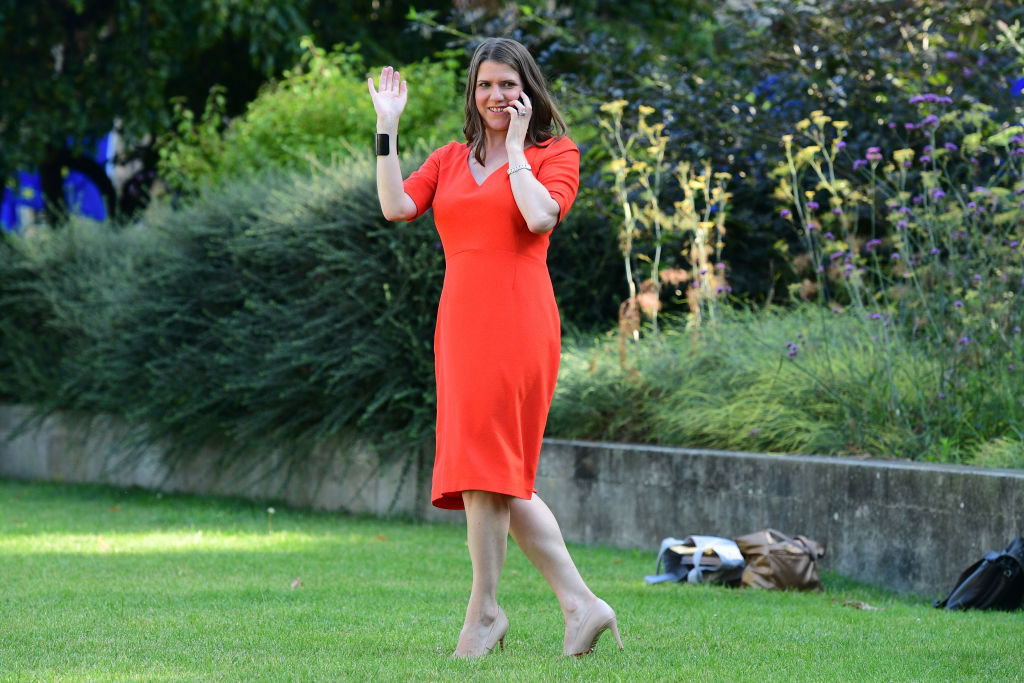As the Westminster rumour mill goes into overdrive over the likelihood of an early general election, talk has turned to how the main parties would fare in an Autumn trip to the polls. Crucial to that question is how the Liberal Democrats would do.
Just a year ago, the Lib Dems were the subject of pity and widespread mockery. They were scarred by their time in coalition with the Tories. They failed to make much ground during the 2017 snap election, ending up with just 12 MPs, and seemed destined for extinction. In theory, they should have hoovered up Remain voters. Instead, they hoovered up derision and obloquy. Sir Vince Cable announced his resignation as party leader with the future looking bleak.
However, as I say in this week’s Spectator, in the topsy-turvy political landscape that is Brexit, the Lib Dems are now in the midst of a comeback that could decide who takes No. 10 at the next election. With talk of an early election, the party has an opportunity to become an influential force in British politics once again. Jo Swinson may be unlikely to make it to No. 10 anytime soon but she could play a crucial role deciding its next incumbent. Liberal Democrat success could be the Tories’ best hope of winning an election.
The question: which party would suffer most from a Lib Dem resurgence? Under Nick Clegg, the Lib Dems were a greater threat to the Tories, but Brexit has created new opportunities. The party is now gaining support from disillusioned Labour voters who are alarmed at Corbyn’s socialism and frustrated with his ambiguous position on Brexit. The Labour fear — and the Tory hope —is that the current Liberal Democrat resurgence continues and Labour loses seats in the North to the Tories and metropolitan seats to the Lib Dems.
The sheer level of vitriol and criticism levied at Swinson by Jeremy Corbyn keyboard warriors when the news broke this week that she was the new Lib Dem leader points to the unease in Labour over the Lib Dem threat. Corbyn supporters were quick to accuse Swinson of being akin to a Tory – in some cases more Tory than a Tory – and use her time in coalition to argue her track record involved overseeing years of austerity, voting for tax cuts for the super-rich and pursuing a neoliberal agenda.
The hope among upbeat Lib Dems is that their first ever female leader — a 39-year-old mother of two young children — will build on the success she inherits by standing out against the older male leaders of the main parties. ‘Compared to Jo, Corbyn could seem out of touch,’ one Labour party figure sighs. A Lib Dem old timer says: ‘Her first two months are her most important. She needs to introduce herself to the public — and make a good impression.’
In her acceptance speech, Swinson gave a glimpse of how she plans to differentiate herself. She attacked both Johnson and Corbyn for being nationalist and populist, and spoke of her feminist values. Brexit identity wars have been creeping into political discourse since the EU referendum vote but Tim Farron and Vince Cable struggled to use this to their advantage. Farron’s Christian beliefs meant he spent the bulk of the 2017 election being asked whether gay sex was a sin, which wasn’t particularly helpful while trying to appeal to socially liberal twentysomethings. Meanwhile, at 76, Cable struggled to seem relevant. Swinson suffers no such problems.
Overall, the Lib Dem electoral strategy hasn’t been altered since Cable’s time. ‘We change the wrapper but the product stays the same,’ says a party source. That product is opposition to Brexit; the Lib Dems now want to be the clear voice of Remain. The voters they are aiming for fall into two categories: Remain Labour voters in metropolitan areas and Tory Remain voters in the South West.
In order to win in metropolitan Labour seats, a Remain alliance is needed — with parties such as the Greens and the Independents not standing against the Lib Dems. When it comes to the South West, the party is focused on voters who backed the Liberal Democrats in 1992 and 1997 but then switched to David Cameron. Polling has found that this group views Boris Johnson as electorally toxic, even if they do agree on some of his socially liberal policies.
If the Liberal Democrats can significantly eat into the Labour vote share, it could throw Boris Johnson a lifeline in a general election. However, were the party to succeed in winning enough seats to become a powerbroker (one poll predicted they could get over 100), it could spell trouble for the Tories.
Swinson has already ruled out formal coalition with either Corbyn or Johnson. Going into any agreement with the Conservative party is unlikely given their conflicting Brexit aims. However, were Labour to change leader and position — led by someone such as Tom Watson or Keir Starmer — insiders say common ground could potentially be found. Crucial to any agreement would be the promise of a second referendum with Remain on the ballot. If Boris Johnson is forced to call a general election this year, the Liberal Democrats are poised to take full advantage.







Comments